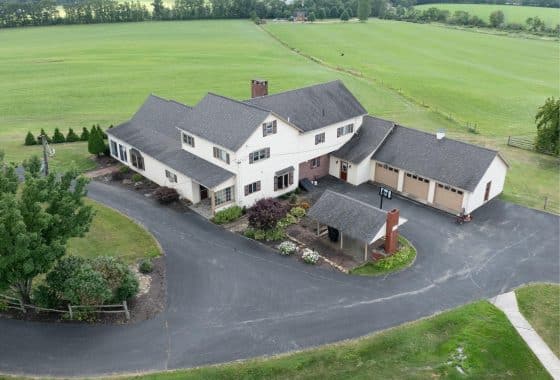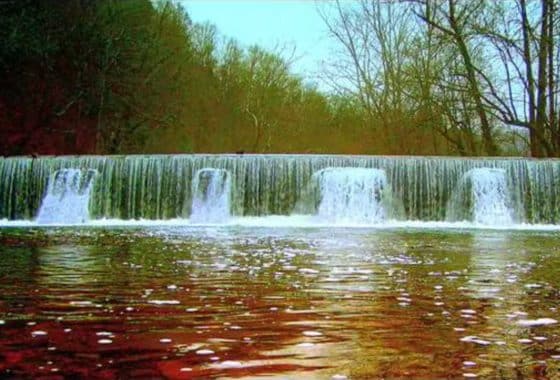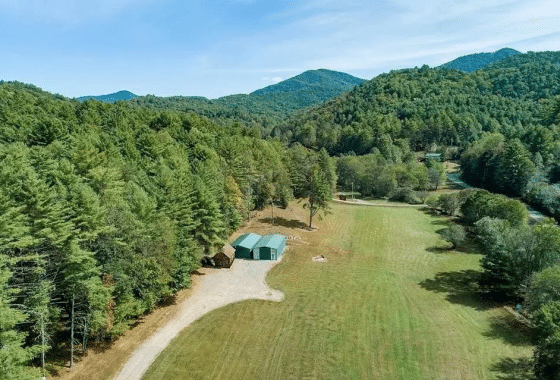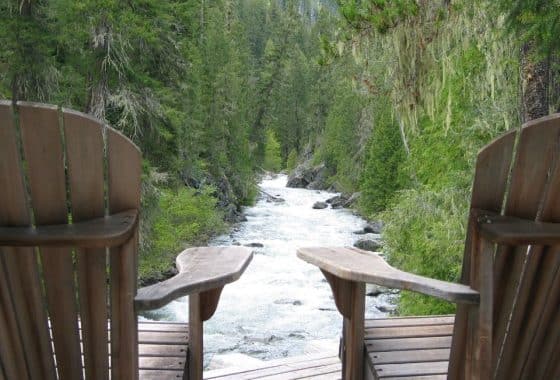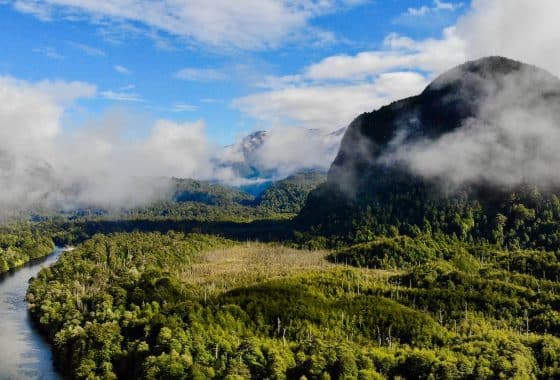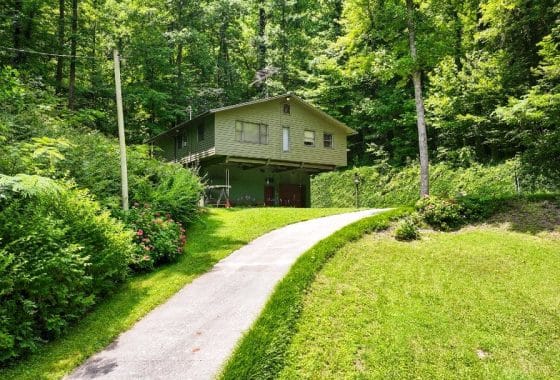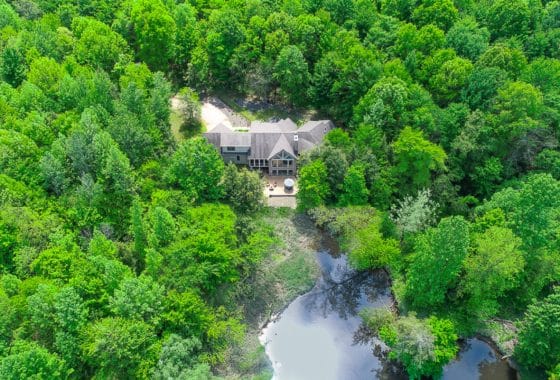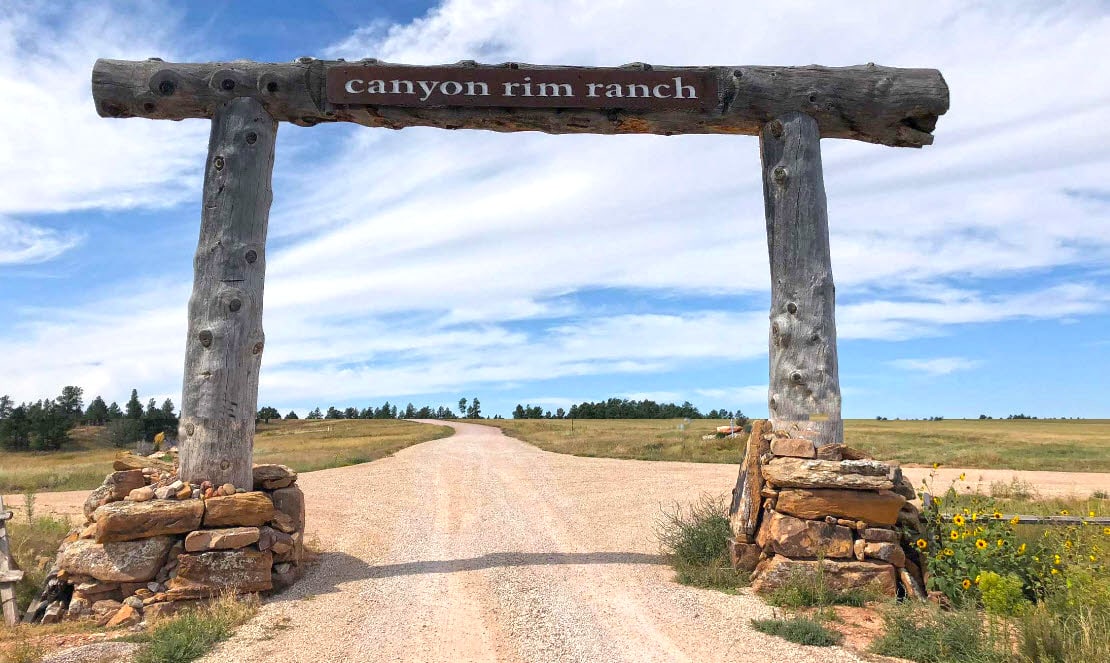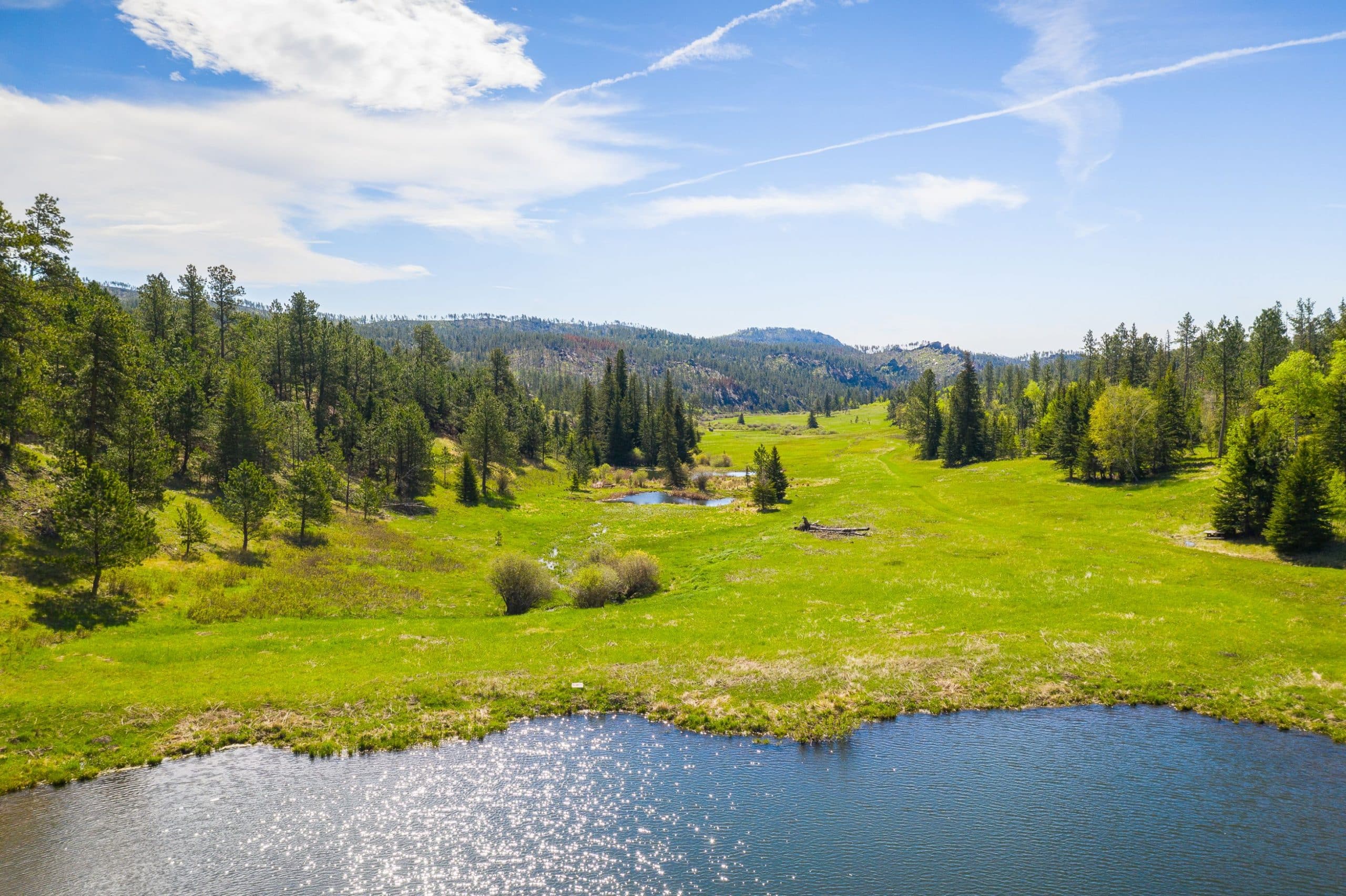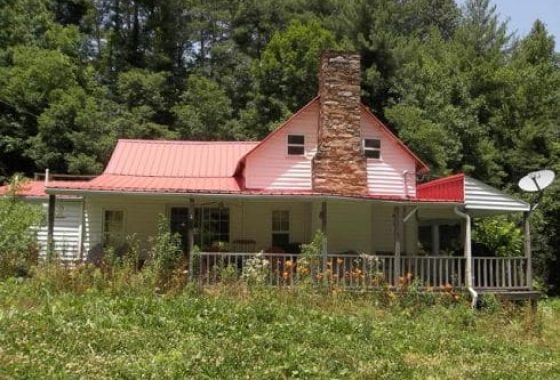Land & Acreage
Land and Acreage
The United States has a variety of land and acreage across its diverse terrain. Areas vary in elevation, ranging from sea level to over 14,000 feet in the Rocky Mountains. Depending on the elevation, different land forms can be found.
Much of the nation’s farmland is at lower elevations and is used to produce crops like corn, wheat, and soybeans. This acreage also provides a habitat for wildlife and natural resources such as water and minerals. Coastal areas along both oceans provide access to fishing that supports jobs and businesses throughout the region as well as potential recreational activities such as surfing or paddle boarding.
In the Southwest, one can find expansive deserts that offer a unique and remarkable landscape for visitors and adventurers. Deserts contain many species of plants and animals specially adapted to living in the region’s extreme dryness. This land also contains natural resources such as oil and minerals.
The US has many large rivers, including the Mississippi, Missouri, Colorado, and Columbia Rivers. These rivers provide transportation of goods as well as recreation opportunities like fishing or whitewater rafting. The water also serves an important function in environmental conservation, providing habitat for native fish and other wildlife species.
9 of the Most Important Considerations when Deciding Where to Live
1. Seasons:
One of the most important considerations when deciding where to live is the climate and seasons in the area. Different areas experience different types of weather with some locations having mild climates year-round while others are more extreme with cold winters and hot summers. Knowing what type of seasonal changes will be experienced in a location can help you plan for any potential weather-related changes that could affect daily activities or planned outings.
2. Outdoor Activities:
The availability of outdoor recreation such as hiking, biking, skiing, boating, camping, and fishing should also be taken into account when choosing a place to live. Areas near national parks, state parks, forests, or lakes may offer more recreational opportunities than urban centers. Taking advantage of these activities can provide an escape from the hustle and bustle of city living.
3. Dining and Entertainment:
If cabin fever gets you down, having a choice of dining and entertainment options is important. Consider the types of dining options available as well as any entertainment venues nearby. Restaurants that serve a variety of cuisines offer different experiences and allow people to explore their culinary interests more easily. Moreover, theaters, sports arenas, music venues, art galleries, museums, and other attractions should be taken into account when choosing a place to call home.
4. City vs Country Living:
A major decision when looking for a place to live is whether you want urban or rural life. While cities may offer plenty of amenities such as cultural events, diverse food options, shopping, and employment opportunities, rural areas tend to have more open spaces with less noise and air pollution. Ultimately, it is important to ask yourself what type of life you want in order to determine which area suits your lifestyle most closely.
5. Access to Healthcare:
Ensuring access to quality healthcare is an important factor when selecting a place to live. Areas with well-respected hospitals and clinics can provide comfort in knowing that any medical needs can be met in a timely manner. Moreover, some locations may also offer specialized care for conditions like cancer, heart disease, or mental health issues that require special attention and resources.
6. Transportation & Access to Airports and Major Highways:
It is essential to consider the transportation options available in an area. Easy access to airports and major highways can provide a convenient way of getting around as well as potential employment opportunities by allowing people to commute from one place to another easily. Choosing a location with reliable transportation will help minimize stress and make travel more enjoyable.
7. Job Opportunities:
It’s important to consider the job opportunities available in the area. Cities may have more options when it comes to employment, but rural areas often provide different opportunities such as tourism and agricultural activities. Additionally, some parts of the country contain natural resources that can provide employment related to mining or drilling operations. Research local job markets before committing to a location so that you can find the best fit for your career goals.
8. Educational Opportunities:
Education is an important factor and should be considered carefully. Areas with larger populations tend to have more educational options like universities, community colleges, tech schools, private schools, and specialized academies that offer unique experiences for people of different ages and interests. Taking advantage of these educational opportunities can provide a great foundation for success in the future.
9. Internet Access:
Internet access is very important in our digital world. Research available providers and their offerings, including the speed of connection, monthly cost, and any additional services or packages that may be included. Having reliable internet access can open up many opportunities for work, education, entertainment, communication with family and friends, and more.
All in all, when buying land and acreage, the 9 tips mentioned above should be taken into account when choosing a place to live. Taking the time to consider these factors can help ensure that you select an area that is right for your lifestyle and career goals. Doing so will help make the experience of finding a new home much more enjoyable and successful.


